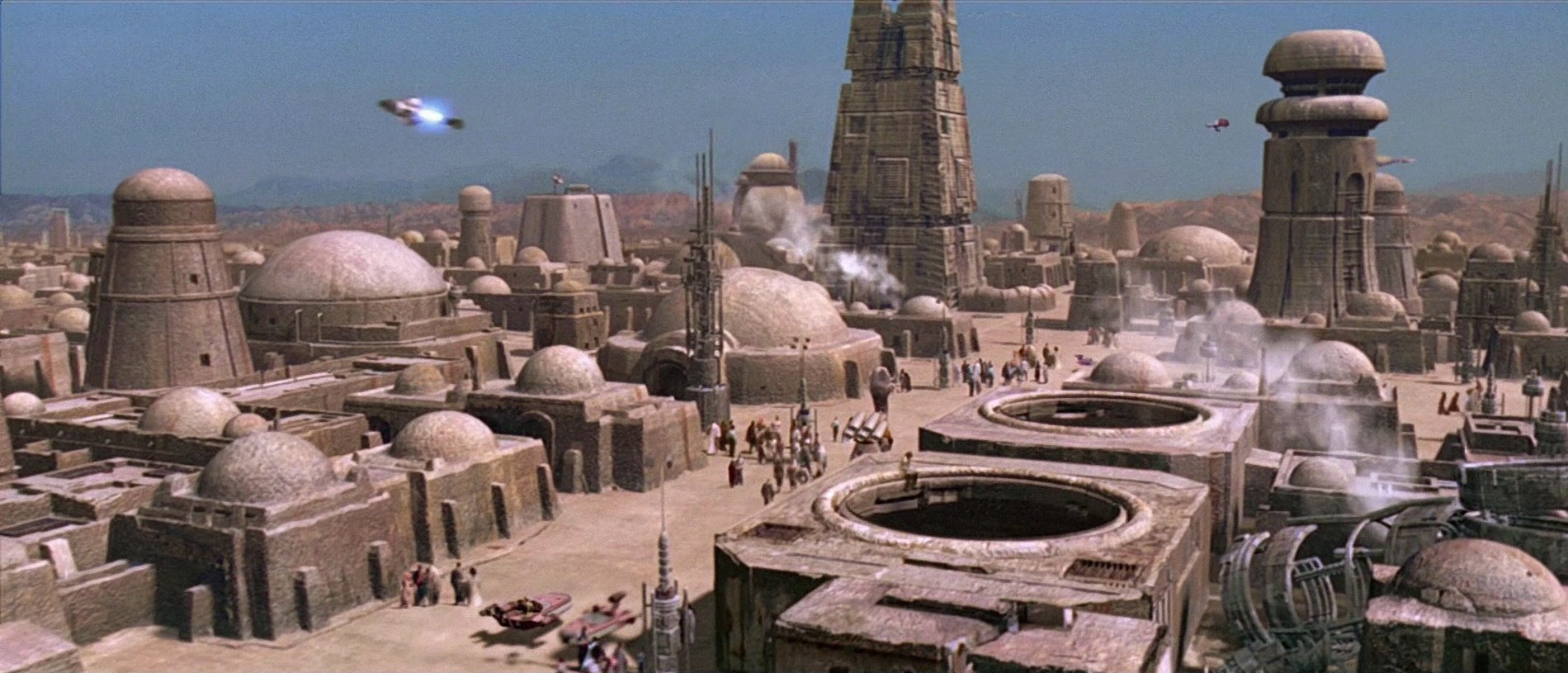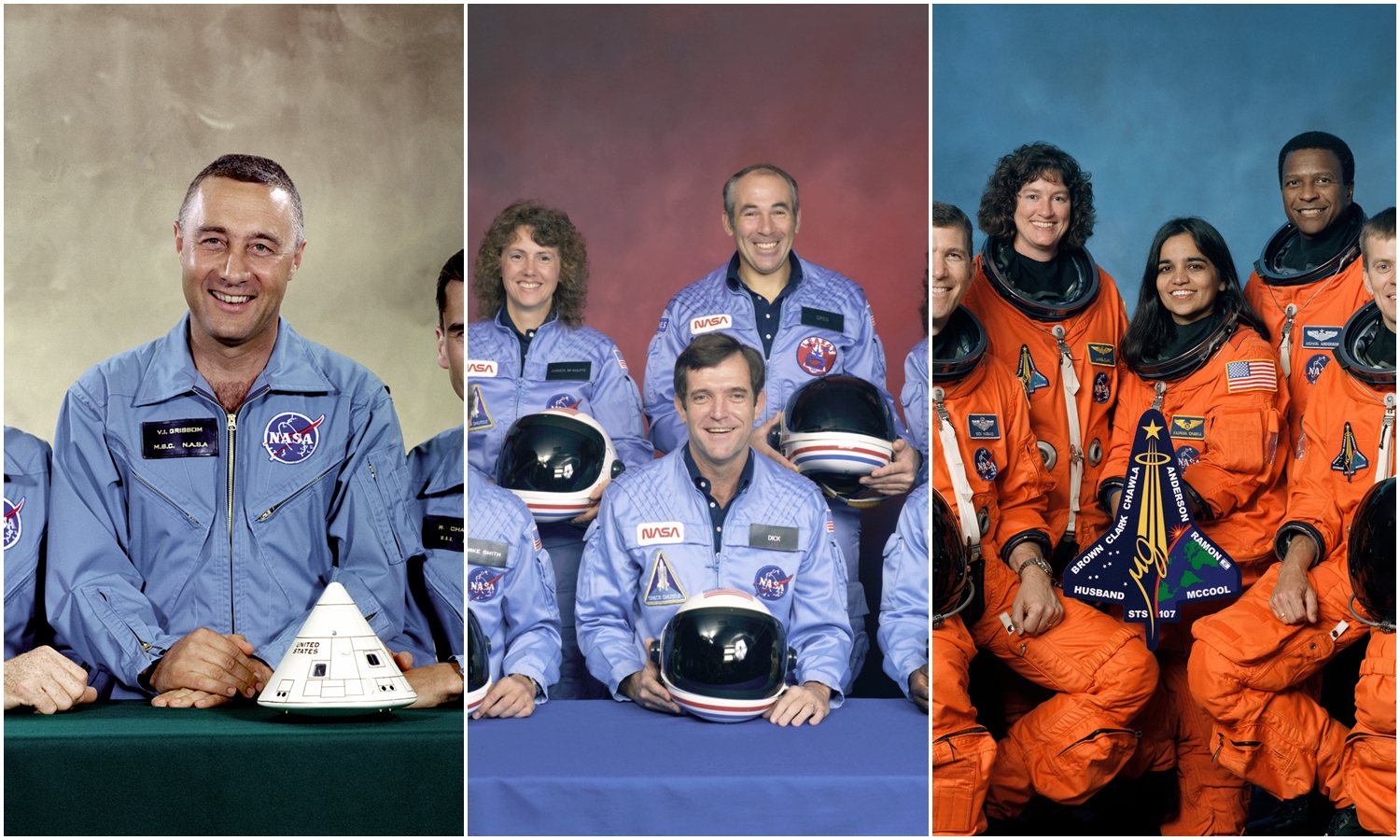A Real Spaceport
Space Ship One made commercial space flight a reality. Richard Branson is investing a vast fortune for space tourism. Now, Dragon has successfully docked with the International Space Station and returned to Earth. Space tourism is right around the corner. And sometime after that, there will actually be some practical destinations, not just “up there”. Not to mention, it might actually be pretty fascinating. But of course, a really cool space program needs a really cool spaceport. In fact, why wait? We could use some really cool airports too! Let’s look at what a really futuristic spaceport/airport would look like.
[youtube=http://www.youtube.com/watch?v=w3vtpGtyw1k]
Robotic Parking
How about robotic valet parking? It all starts when one drives up to the parking facility. Remember I, Robot when Will Smith’s car was automatically parked by robots? Yeah, that really exists. It’s actually being used in several places around the world. It doesn’t look exactly as it did in the movie though. But it does allow a lot more parking in a significantly smaller space. The robot parking is manufactured by Robotic Parking Systems, Inc. All you have to do is pull in to one of the parking bays, get out of the vehicle, lock the vehicle (just don’t forget to turn it off first), take a ticket from the kiosk, and go about your business. The car is automatically taken from the docking terminal and placed into parking. In order to retrieve the automobile, one only needs to insert the ticket into the kiosk. The monitors tell which docking terminal the vehicle can be retrieved at. Within a couple of minutes, it’s delivered to that terminal facing outward and ready to drive right out.
Such a system has multiple benefits. First of all, it can provide more parking in a smaller amount of space. Secondly, it’s more convenient for those who are parking. Instead of worrying about driving around and around trying to find a decent parking space, they can concern themselves with what they arrived to do. It also prevents excess noxious fumes from vehicles driving around looking for spaces. It’s also a lot more secure since there aren’t likely to be potential thieves roaming around a robotic facility looking to break into the cars. Paint jobs and other hardware are also spared from the agony caused by those who can’t park worth a crap. Fewer lawsuits are always a good thing … unless you’re a lawyer.
Turbo Lifts
Once the car is securely parked in the robotic garage, it’s time to get to one’s destination. Cable-driven elevators are so passe. Those things can only go up and down. I prefer something more like a Star Trek turbo lift. By using electromagnetism, a car can be produced which can move in multiple directions, not just vertically. Simply scan your ticket (or otherwise indicate your destination), and it takes you right there.
There would be some very thick walls with pedestrian corridors passing through them. Cars would travel through those walls. Off and on, pedestrian corridors can be closed or blocked off just briefly to allow turbolift cars to pass by. If pedestrian traffic is too high through a particular corridor, then the car can simply be diverted around it. In no time at all, you can arrive at your terminal, parking garage, restroom, restaurant, or bar. In the latter case, it’s good to have a designated turbolift.
Information Kiosks
Airport information kiosks are boring. Sometimes it’s little more than a “you are here” map with boarding times on television monitors. Some are slightly interactive with touch screens. But a good spaceport (or airport) should do much better.
There’s typically a lot of clear glass panels which separate one area from another in an airport. At least there is at KCI here in Kansas City. These are perfect locations for interactive information displays. This could include information about the spaceport, the city, country, or planet in which the spaceport is located, flight and terminal data, customs requirements, or even the locations of the restrooms.
[youtube=http://www.youtube.com/watch?v=963hFR3fCWs]
But we can always take this a step further. Dulles International Airport in Washington, D.C. has tested what is often called a “hologram” for providing information to passengers. Actually, it’s not a hologram. It’s a video recording of a real person which is then projected onto a piece of glass. Manchester Airport in England has a few of these things installed. The ones in Manchester are designated as T1 holograms and tell passengers what they need to know, information which is constantly changing from month to month. (Am I the only one who is unnerved by the fact that the Manchester units have the designation of a Terminator?)
The current units are merely projections of prerecorded video messages and are not at all interactive. In the future, however, when we have improved digital avatar technology and better voice command interfaces, we can also have some really nice interactive avatars to assist passengers. If avatar systems are compatible between ports, then a person can carry a card or something that the system can detect and automatically customize the avatar to fit the passenger, including the voice, appearance, language, dialect, accent, outfit, accessories, and alien species which appeals to the passenger’s preferences.
The Space Ship
Now that you’ve cleared security where they’ve patted you down, x-rayed through your clothing, stripped you down, checked your life history, and took a sample of your DNA, and they found no contraband items like guns, bombs, knives, anthrax, grenades, IEDs, or soda pop as is the case in New York City, you are now free to board the vessel. The ship probably isn’t overly spectacular. Sadly, real-life engineers never seem to take their aesthetic cues from sci-fi. But it would have a comfortable interior, at least comfortable for a sardine, unless you’re in first class of course. While there would be a few innovations for the passengers, the really impressive part of the ship isn’t the passenger compartment.
Gone are the days of lights, dials, buttons, and switches all over the cockpit. A touchscreen heads-up display, augmented reality goggles, and electroencephalography (EEG) would replace all of the mechanical components. This would allow the cockpit windshield to aim downward. The way airplanes are built now (as well as spacecraft like the Space Shuttle and the Soyuz) has the windshield on the top side of the aircraft. This was done out of necessity and convenience. This is what works best with all the mechanical and electrical controls and gauges that the aircraft needs. But by eliminating those components, it frees up the design to allow the pilot to look down at the ground. Death rarely comes from above. It usually comes from below. (The ground occasionally likes to climb up to an airplane and punish it severely for not maintaining proper airspeed.)
By putting the pilot on the bottom, the ground, runways, landing platforms, and so on become more visible and require less safeguards than when a pilot’s view is obscured by the airplane itself. That saves cost as well as lives. And there was much rejoicing.
And of course the spacecraft has to have a warp drive. Miguel Alcubierre theorized about negative energy. Steve Lamoreaux produced negative energy. Now it’s time to use negative energy!
So there you have it. It’s the airport or spaceport of the future. One day, instead of you going to Newark and your luggage going to Abu Dhabi, you can go to Mars and your luggage can go to Titan. Won’t that be a really nice change?
>>>
[Main Image: Star Wars]
![]()





Reblogged this on Wealth Structuring International.
Reblogged this on Daniel C. Handley and commented:
Written for SciFi4Me.com
What a great article! I’m not sure I want to go to Mars or Titan…but I really don’t want to go to Newark either. The possibilities though are amazing! You’ve made it seem so logical and practical. Super work!